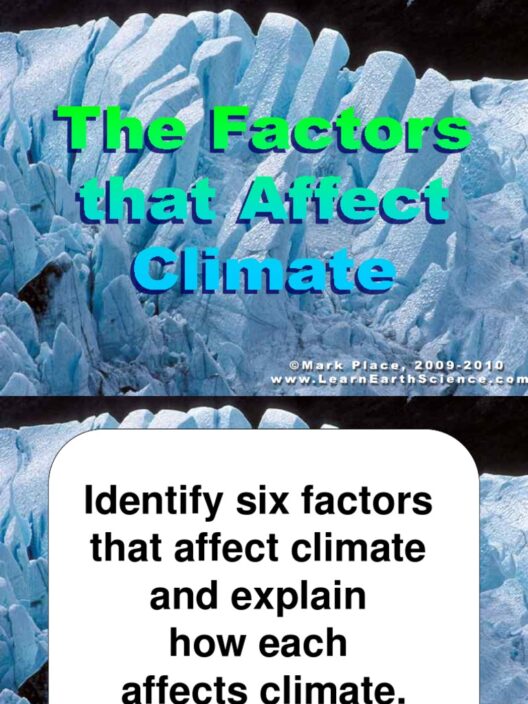In the realm of health care, particularly for older individuals or those faced with physical limitations, the quest for energy conservation can often resemble a delicate dance. It is an intricate interplay of managing fatigue while fostering independence, much like a tightrope walker striving for balance. As you navigate the complexities of therapy, understanding how to justify further treatment becomes pivotal. This guide serves to illuminate the path forward, empowering patients to advocate effectively for their ongoing therapy.
Firstly, it is essential to understand the fundamental purpose of energy conservation therapy. This therapeutic approach focuses on identifying strategies to maximize abilities and minimize fatigue. Patients learn techniques to perform daily tasks efficiently without expending excessive energy, thus prolonging their stamina throughout the day. In a world that often demands more than what we can physically offer, the importance of such therapy cannot be overstated. With that foundation, let us explore how to articulate the need for continued treatment.
When embarking on the justification for further therapy, it is important to collect and present a tapestry of evidence. Gather data regarding your progress, documenting improvements and challenges alike. This can be seen as building a mosaic, rich in colors and textures, reflecting your unique journey. Utilize journals to track your daily energy levels, the time it takes to complete tasks, and any notable fluctuations in your performance. Presenting this information in an organized manner offers tangible proof of your journey’s trajectory and the necessity for ongoing assistance.
Moreover, recollect specific instances where therapy interventions have led to significant gains. Perhaps a strategy learned in sessions allowed you to cook a meal independently or manage a social engagement that felt daunting before. These anecdotes act as powerful testaments to your achievements, illustrating the direct relationship between therapy and personal success. Like brushstrokes on a canvas, these stories weave together to create a compelling narrative that underscores your need for further treatment.
Equally, engage your healthcare team in open discussions about your therapy goals. Collaboration is akin to a symphony where each player contributes harmoniously to the overall performance. Schedule meetings with your occupational therapist to revisit your original objectives. Reflect on whether they have been met or if new targets warrant revisiting treatment methodologies. This dialogue not only reinforces your commitment but also helps professionals tailor interventions more effectively.
During these discussions, consider the financial implications of therapy as well. In a society where resources are finite, it is vital to address concerns about costs. Have conversations about insurance coverage, payment options, and the economic benefits of sustained therapy in mitigating future health complications. Just as a judicious investor assesses the potential for growth, understanding the long-term benefits of continued energy conservation therapy can be an influential factor in securing necessary treatment.
As you justify further therapy, it is prudent to consider societal factors as well. The current landscape of healthcare is shifting towards a focus on preventative measures. Energy conservation therapy embodies this philosophy, aiming to enhance quality of life and decrease the likelihood of hospitalizations. This perspective aligns with broader public health goals and can resonate with providers who seek to adhere to evolving standards in healthcare delivery.
Also, the emotional toll of chronic fatigue cannot be understated. Constantly battling energy depletion affects mental well-being, leading to feelings of frustration and isolation. Seek out support groups or community forums where shared experiences can foster connection and understanding. Presenting the emotional narrative alongside the physical aspects of energy conservation therapy further solidifies the argument for continued care. Sharing how therapy has positively impacted your mood, socialization, and overall outlook paints a fuller picture, accentuating the multifaceted benefits of such interventions.
In applying a metaphorical lens, think of your journey towards energy conservation as a voyage across an untamed sea. Each wave represents a challenge, while the lighthouse stands as the beacon of therapeutic support guiding you safely to shore. To reach your destination, recognizing when to adjust your sails or seek assistance is paramount. Continued therapy functions as your navigational chart, illustrating the course while allowing you to chart paths based on your unique experiences.
In addition, should you encounter resistance regarding the justification of further treatment, arm yourself with knowledge about energy conservation strategies. Familiarize yourself with the latest evidence-based practices and innovations in therapy. Presenting this knowledge can demonstrate a proactive approach, showcasing how committed you are to optimizing your health. Staying abreast of advancements can lead you to advocate for progressive therapy methods aligned with your needs.
Ultimately, as you navigate the justification process, remember that you are not just an advocate for your needs but also a champion for those who may be unable to voice their concerns. Your journey not only impacts your life but paves the way for greater awareness and understanding of energy conservation therapy in broader healthcare paradigms. By elucidating your narrative and assertively communicating the necessity for further treatment, you become a powerful agent of change, fostering a climate where energy conservation therapies are valued, accessible, and indispensable for all.
In conclusion, as you journey inward and outward to justify further therapy treatment, let your voice resonate like a symphony filled with depth and conviction. Pair your experiences with factual evidence, engage your healthcare team, and address the emotional and financial facets of your road ahead. Only by weaving together these threads can you create a compelling case that not only sustains your own well-being but also fuels the ongoing discourse surrounding the importance of energy conservation in therapeutic settings.






